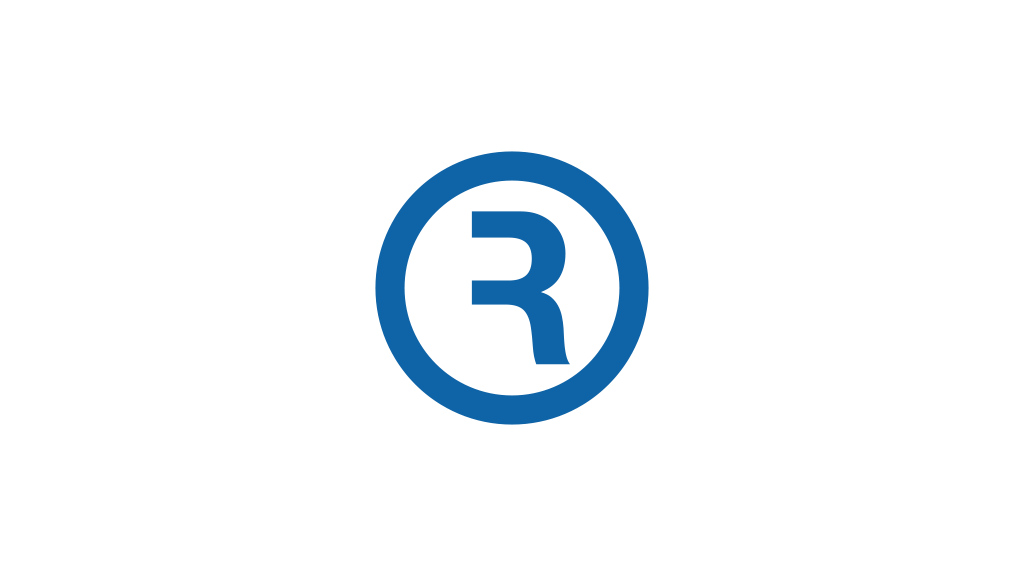A global platform that promises to bring together audiovisual services delivered over broadcast and broadband networks was launched at DVB World in Brussels. Over 120 delegates from across Europe learnt how the Service List Registry will enable different devices and displays to discover services automatically using an online directory. It means that compatible apps and televisions will be able to download and present lists of channels and on-demand services based on their location, capabilities, and connected networks.
The SLR system is based on the open DVB-I standard developed by the DVB project. It is the latest in a long line of published international standards that have enabled the deployment of digital satellite, cable, and terrestrial television transmissions around the world. The Service List Registry is now available for trial in pilot services and for interoperability testing.

Traditionally, service information such as channel names and numbers, together with programme information, has been transmitted within digital broadcast signals. Devices and displays are now able to use multiple sources, including fixed and wireless internet networks, and may not have a conventional cable, satellite, or antenna connection.
The Service List Registry enables broadcasters and service providers to publish channel lists and associated technical information that enables compatible applications, devices and displays to present a coherent list of live and on-demand services according to their capabilities. It allows them to use different networks for particular services, for improved quality, efficiency, accessibility, or localisation. It also facilitates switching between networks in the event of a temporary loss of signal.
A series of presentations through the day demonstrated how different service lists and devices can interoperate using the DVB-I standard. The open specification can be freely implemented in apps for handheld devices, for televisions that already support the HbbTV standard for hybrid broadcast broadband television, and in next-generation displays that will provide native support for the system.
The open standard provides economies of scale for consumer electronics companies that sell products worldwide. It retains compatibility with existing services, allowing the progressive rollout and evolution of services. Importantly, it retains brand recognition and attribution for broadcasters and service providers while allowing application developers and device and display manufacturers to continue to innovate and differentiate the user experience.
Based on global network infrastructure, the Service List Registry enables registered broadcasters and service providers to configure and manage their own regional channel lists and branding. These lists can be combined to form various service offerings. National regulators can optionally authorise channel lists to ensure the prominence and provenance of certain services as may be required in certain jurisdictions.
Applications can freely query the Service List Registry with various parameters to retrieve relevant service lists using a published Application Programming Interface compatible with the DVB-I specification. A Software Development Kit with compatible library software functions and test cases will be provided to facilitate client integration.
The Service List Registry will be transparent to end users. It ensures their anonymity and personal privacy and does not track their selection or usage of services. Users will be able to trust the source of the services they can select and recognise legitimate brands.
The SLR system is being promoted as Simple Service Selection, offering users choice, convenience, and control, on any screen.
